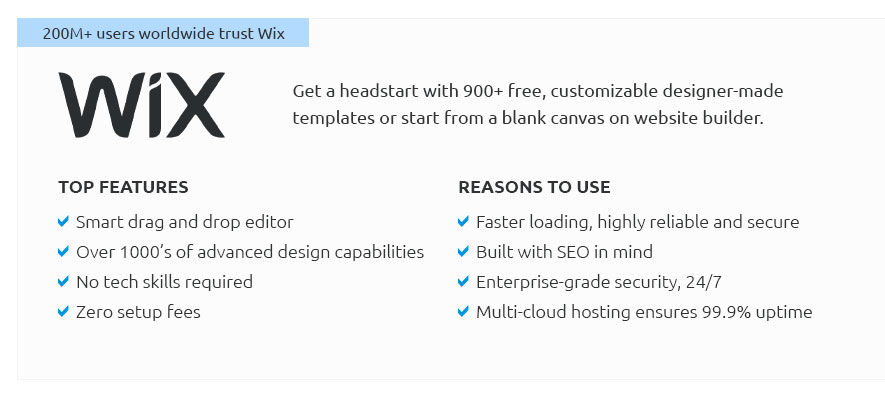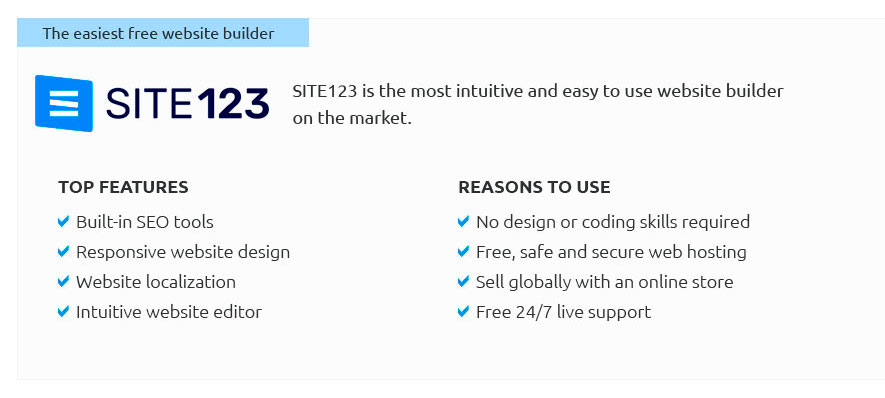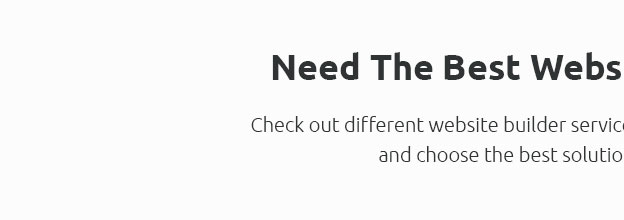 |
 |
 |
 |
|
 |
 |
 |
|
 |
|
 |
 |
|
 |
|
 |
|
 |
 |
How Do I Make My Own Web Page?Creating your own web page is an exciting journey that can open up a world of possibilities for personal expression, professional development, or business expansion. While the process might seem daunting at first glance, breaking it down into manageable steps can make it approachable and rewarding. Whether you're a complete novice or someone with a bit of technical know-how, there's something wonderfully satisfying about crafting a space on the internet that's entirely your own. So, how do you get started? First and foremost, you need to decide the purpose of your website. Is it a blog to share your thoughts and experiences? A portfolio to showcase your work? Or perhaps an e-commerce site to sell your products? Knowing your end goal will guide every decision you make, from design to content to functionality. This step is crucial, as it sets the foundation for everything that follows. Don't rush this part; take your time to envision what you want to achieve. Next, consider your domain name. This is essentially your web address, and it's important to choose something that reflects your brand or content and is easy for users to remember. Once you've settled on a domain name, you'll need to register it through a domain registrar. It's a simple process, but be aware that popular names can be taken, so it might take a few tries to find the perfect one. With a domain name in hand, the next step is to choose a web hosting service. This is where your website's files will be stored, and it's essential to select a reliable provider. There are many options available, ranging from basic shared hosting plans to more advanced dedicated servers. Consider your site's needs and future growth when making this decision. A good hosting provider will ensure your site is fast, secure, and always online. Once your domain and hosting are sorted, it's time to build your website. For beginners, using a website builder can be a great option. Platforms like WordPress, Wix, and Squarespace offer user-friendly interfaces that allow you to create a professional-looking site without needing to write a single line of code. However, if you're up for a challenge or have specific requirements, learning HTML, CSS, and JavaScript can give you complete control over your site's design and functionality. Design is where you can really let your creativity shine. Think about the look and feel you want to convey. Choose colors, fonts, and images that align with your brand and message. Keep in mind that less is often more; a clean, simple design can be more effective than a cluttered one. Make sure your site is easy to navigate, with intuitive menus and clear calls to action. Content is king on the web, so take the time to create high-quality content that resonates with your audience. Whether it's engaging blog posts, detailed product descriptions, or captivating images, your content should reflect your purpose and speak to your target audience. Don't forget to optimize your content for search engines (SEO) by using relevant keywords, meta descriptions, and alt tags for images. This will help your site rank higher in search results and attract more visitors.
In conclusion, creating your own web page is a fulfilling endeavor that combines creativity, technical skills, and strategic thinking. With careful planning and a willingness to learn, you can build a site that not only meets your needs but also stands out in the vast online landscape. Remember, every expert was once a beginner, so embrace the learning curve and enjoy the process of bringing your vision to life. https://www.quora.com/Im-a-beginner-and-I-want-to-create-my-own-website-How-could-I-do-that-and-where-to-start
Choose a platform like WordPress or a website builder. - Register a domain name and choose a hosting provider. - Install WordPress and select a ... https://webflow.com/
Create custom, responsive websites with the power of code visually. Design and build your site with a flexible CMS and top-tier hosting. https://www.reddit.com/r/learnprogramming/comments/12mvjym/how_to_make_a_website_for_freemyselfon_my_own/
I would recommend starting with HTML, CSS, and JavaScript. These are the foundational languages for building websites, and there are plenty of great tutorials ...
|